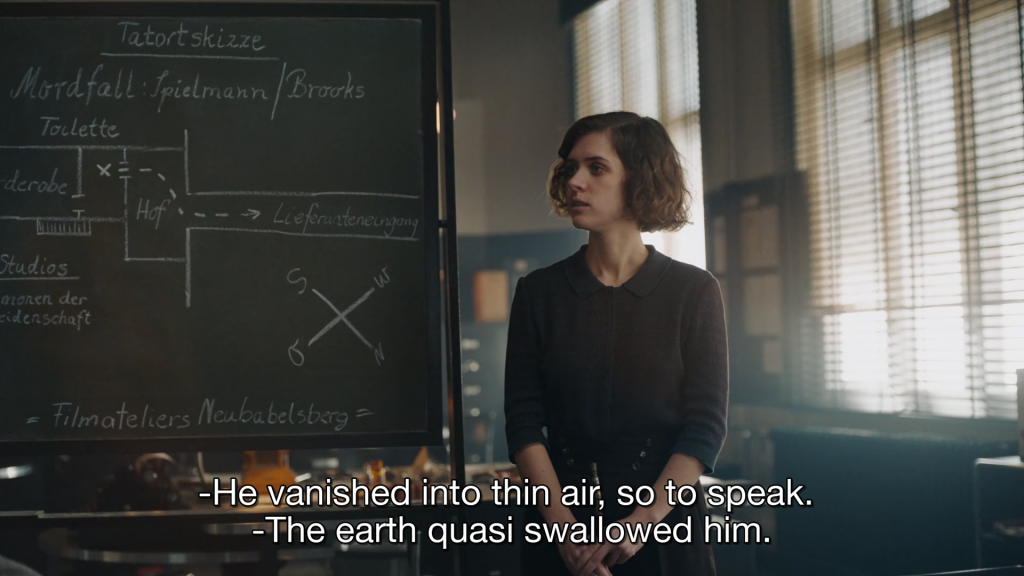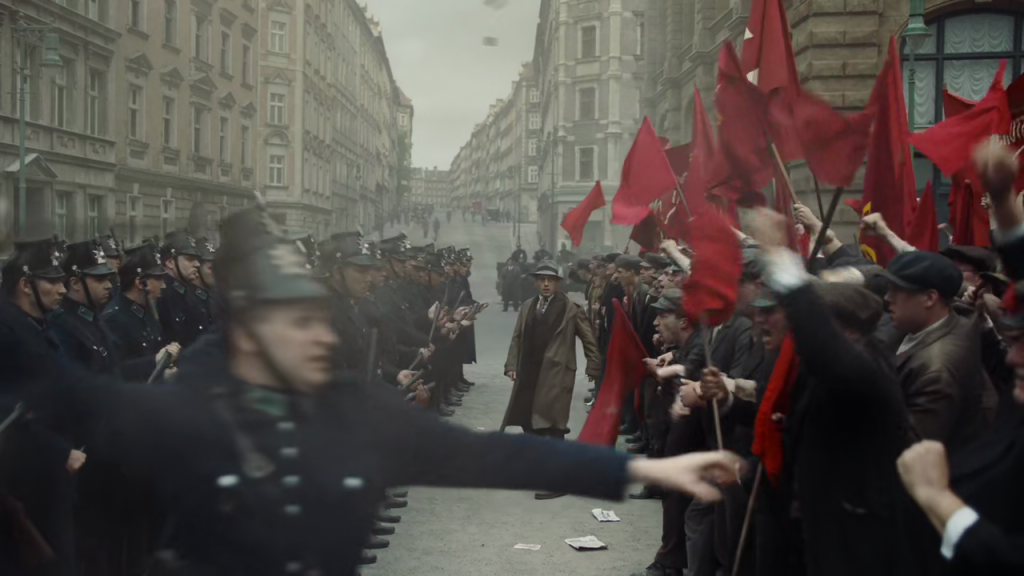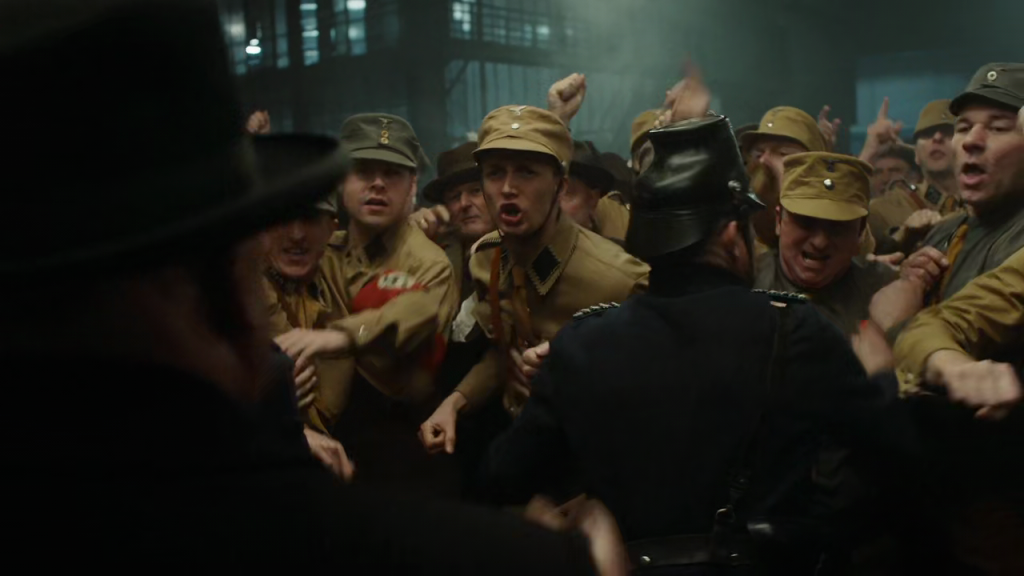
It was during the dreary days of the covid lockdowns when a lot of us felt most frustrated and depressed. For weeks, even months, we were unable to walk beyond our homes. Trapped within the walls of my loving home, I nevertheless was one of many who felt pangs of claustrophobia – the intensity of which depended on the size of our homes. For most of it, social media was our lifeline to the outside world. It was then that I discovered on YouTube these fascinating walking tour videos.
From the comfort of our sala, I would travel to many European and Asian cities, walk in their streets, delight in the variety of shapes and colors, wares and wears, and, of course, faces of people walking these streets – most in masks, some wearing their naked faces. We had the longest lockdown in the world, so even when we were still trapped in our Zoom meetings and perfecting how to make the sourdough, most of the world were already safely opening up their cities. One night, I walked through the streets of Amsterdam. The next day, Paris. After that, I happily strolled along Seoul.
None if it, it goes without saying, replaces the actual experience of physically walking those streets. Nevertheless, it would have to do at that time.
Flash forward to today, with the tragedy in Ga za (pardon the pun) bombarding my attention and occupying my social media searches, a video of a walking tour suddenly appeared as a suggested video in my YouTube account. Obviously, not a lot of people today can travel to that besieged place. The video was titled “Gaza Palestine Walking Tour | Gaza Strip Before the Attack 2023.” It was uploaded three weeks ago, and has been viewed 1.6 million times. I clicked on the video on our television to begin my tour.
Like in most walking tour videos, it was unedited. There was no commentary, caption, scoring, or voiceover from a guide. It was almost as if you were walking the streets unrestricted. It also did not indicate what the street was. What it looked it was a random street in the middle of the city. Gaza Strip is about half the size of Metro Manila, but the city itself is comparable in size with Caloocan City. The city looks highly urbanized. The walking tour started from what appeared to be one of those rundown commercial areas in any city. Like your favorite Quiapo store, Gaza’s shops (at least as far as you could tell from the video) extended to the pavements. These were shops of the usual ready-to-wears, rubber shoes, leather sandals, toys, among others, indistinguishable from Quiapo, Divisoria, Baclaran or Cubao. Fruit stands or delicacy stores are often mixed up with the RTWs, and middle-aged men sit on the streets, drinking their afternoon coffees (or whatever beverages they drink) and partaking in tsismis. Like much of our own cities, garbage dot the streets, loose plastic fly around and eventually land on an unsuspecting pedestrian. This implies, of course, that like our cities, much of Gaza has been lacking in sanitation services. But you’d forgive the Palestinian authorities, I suppose, for this, as they may be occupied with more urgent matters. In the meantime, no bombs (knock on wood) have dropped on Quiapo or Divisoria since, I presume, the Second World War, so the lack of sanitation services can be quite puzzling.
I have, on some ocassions, photographed or took a video in Manila’s streets, so it was a pleasant surprise that the camera person of the video captured the same reactions of people on the street who see a camera: (1) flash the peace sign; (2) do the “pogi” gesture; (3) smile and/or wave. Kids on the streets, in markets, especially, would also either run in front of the camera and/or flash the f-you sign. There were some of that in the video. These people, anonymous to us, smiling at the camera, making the peace sign or the pogi gesture, are, evidently, very much like us. Ga za’s streets are very much like ours.
Poverty, I think, is inevitably implied in all walking tour videos of impoverished or besieged cities. The concrete streets, of course, have seen better days. The midrise buildings are often grimy, the walls are often decorated with graffiti. They are in Arabic, so we won’t know what they say. For all we know, they could be Hamas propaganda. Or advertisements for the trendiest Ga zan restaurants. In any case, nothing in the video or most of other similar walking tour videos of Ga za that I deepdived in screamed Hamas, or “terrorist” or even anti-Israel. These were people living their lives, trying to live normally and lightly as one can under a military occupation, in the largest prison in the world. I cannot but think that many of these shops, stalls – and people – may be gone now, reduced to rubble thanks to Israel’s collective punishment of the Palestinians.
I still would like to walk these streets one day, as a tourist, as one who believes that we have many, many more things in common with the Gazans that we’d like to admit. Someday, maybe when the occupation ends and justice is served, or even before that, when these lovely Ga zans have buried their dead, rebuilt their houses and shops, and once again filled their streets with smiles, peace signs and pogi gestures.
Photo of Gaza by Mujaddara (Wikimedia Commons)











